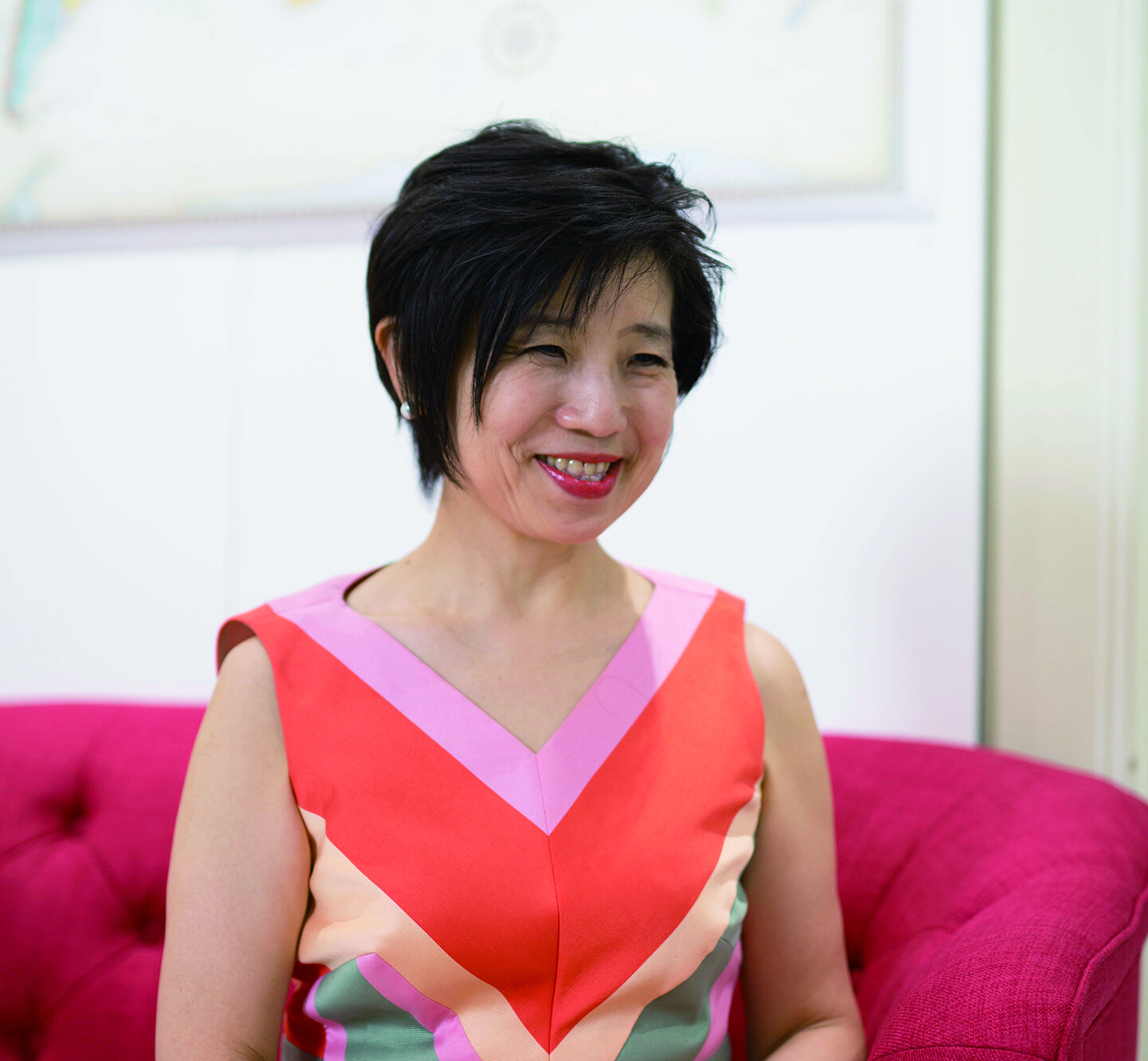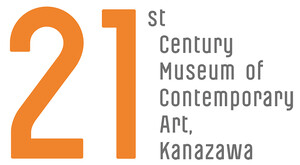1 Chome-2-1 Hirosaka
Kanazawa, Ishikawa 9208509
Japan
Hours: Tuesday–Sunday 10am–6pm,
Friday–Saturday 10am–8pm
T +81 76 220 2800
F +81 76 220 2802
press@kanazawa21.jp
The Kanazawa Art Promotion and Development Foundation (City of Kanazawa) is delighted to announce the appointment, as of April 1, of Yuko Hasegawa to the post of Director of the 21st Century Museum of Contemporary Art, Kanazawa.
From 1999 to 2006, as Chief Curator and then Artistic Director, Hasegawa contributed significantly to the establishment of the Museum of Contemporary Art, Kanazawa as a model for a new kind of “open 21st-century art museum” via her involvement in development of the museum’s concept, design of the museum building in collaboration with architectural unit SANAA, and building of the collection. In welcoming her as director 15 years on from this early and formative contribution, the Foundation and the City of Kanazawa hope she will guide the museum in fresh directions befitting the changing times, ahead of its 20th anniversary in 2024.
In addition to her role in setting up the 21st Century Museum of Contemporary Art, Kanazawa, Hasegawa also curated two exhibitions for the museum: The encounters in the 21st Century: Polyphony—Emerging Resonances for its opening (2004) and Matthew Barney: Drawing Restraint (2005).
In her immediately previous posts at the Museum of Contemporary Art Tokyo, as well as curating exhibitions by Marlene Dumas, Gabriel Orozco, Olafur Eliasson, Kishio Suga, Atsuko Tanaka, Ryoji Ikeda, and Dumb Type, among others, Hasegawa worked with experts in different fields on the series of themed exhibitions Tokyo Art Meeting I–V. Overseas, she has curated, either solo or in a joint capacity, international art exhibitions/biennials including the 7th International Istanbul Biennial (2001), the Shanghai Biennale (2002), the 29th São Paulo Biennial (2010), the Sharjah Biennial 11 (2013), and the 7th Moscow Biennale (2017), and also served as art advisor to the 12th Venice Architecture Biennale (2010). In Japanorama: A new vision on art since 1970 at the Centre Pompidou-Metz (2017), and Fukami: A plunge into Japanese aesthetics in Paris (2018), Hasegawa succeeded in presenting Japanese art from some unique perspectives.
In parallel with her curating roles, as a professor in Curatorial Studies at the Tokyo University of the Arts Graduate School of Global Arts since 2015, she has taught students of multiple nationalities, while continuing to construct curatorial theories and contribute to the development of contemporary art discourse on non-werstern-centric points of view.
An interdisciplinary curatorial practice encompassing not simply art but also architecture, design, science and anthropology, combined with global curating experience, allows Hasegawa to view art as part of a single, holistic ecology.
With the world facing an uncertain future under a new Anthropocene ecology from which there is no turning back, as the new director of an art museum in the 21st century, Hasegawa has described the role of art and the 21st Century Museum of Contemporary Art, Kanazawa as follows: “The concept of the ‘open museum’ encompasses the democratization of art, acceptance of diversity, tapping of future potential, and interaction/interdependence, all directed at both a local and global audience. Another vital element in this openness is that of sustainability. The future does not simply come to us if we wait, but can only be welcomed when we are ready, having made the right preparations, both practical and in our attitude. As a place, a platform for future readiness, this year the 21st Century Museum of Contemporary Art, Kanazawa will begin by questioning the ‘new normal.’ Next year the Museum will roll out a program with a trans-historical emphasis, as the Museum zooms back in time to focus on history and tradition and connect the lessons learned therein to the present day. This will be followed by a program undertaking a critical analysis of the influence of AI, the internet, new materials and technologies on our sensibilities, psyche, and cognitive perceptions, and exploring the new creative possibilities of that influence. In 2024, the Museum will aim to develop through art an integrated ecology/domain that could be referred to as a new humanity, departing from our anthropocentric perspective to reconsider our relationships with flora, fauna, and objects. Here, construction will commence of non-human-centric narratives and new systems made possible by the very human scale of the urban spaces in Kanazawa.”
Prior to the pandemic, the 21st Century Museum of Contemporary Art, Kanazawa had become a cultural tourism drawcard attracting 2.5 million visitors annually. Post-pandemic, its missions will be to connect the growing number of galleries in Kanazawa, the city’s cultural facilities, and the newly arrived National Crafts Museum; act as a catalyst for greater interchange between the global and local; and help to revitalize the ecological cycle of everyday living, the economy, and the environment.
In addition to the aforementioned previous roles at the Museum of Contemporary Art Tokyo, and current position as Professor in Curatorial Studies at the Graduate School of Global Arts, Tokyo University of the Arts, Hasegawa is Artistic Director of the Inujima Art House Project (2011–present), has served as a curator at Art Tower Mito (1989–93), visiting curator at the Whitney Museum of American Art (1992–93, with support from an Asian Cultural Council grant) and curator at the Setagaya Art Museum (1993–99). Hasegawa completed a BA in Law at Kyoto University, and an MFA in Art History at Tokyo University of Fine Arts and Music.
Her recent publications include “A New Ecology and Art: on the Clouds⇄Forests exhibition” (Journal of Global Arts Studies and Curatorial Practices vol. 1, Tokyo University of the Arts, 2020); “Grotesque and cruel imagery in Japanese gender expression: Nobuyoshi Araki, Makoto Aida and Fuyuko Matsui” (The Persistence of Taste: Art, Museums and Everyday Life After Bourdieu, Routledge, 2018); “Japanorama: Un Archipel en Perpétuel Changement” (Japanorama, Centre Pompidou-Metz Editions, 2017); and “Performativity in the Work of Female Japanese Artists in the 1950s–1960s and the 1990s” (Modern Women: Women Artists at The Museum of Modern Art, MoMA, 2010).

